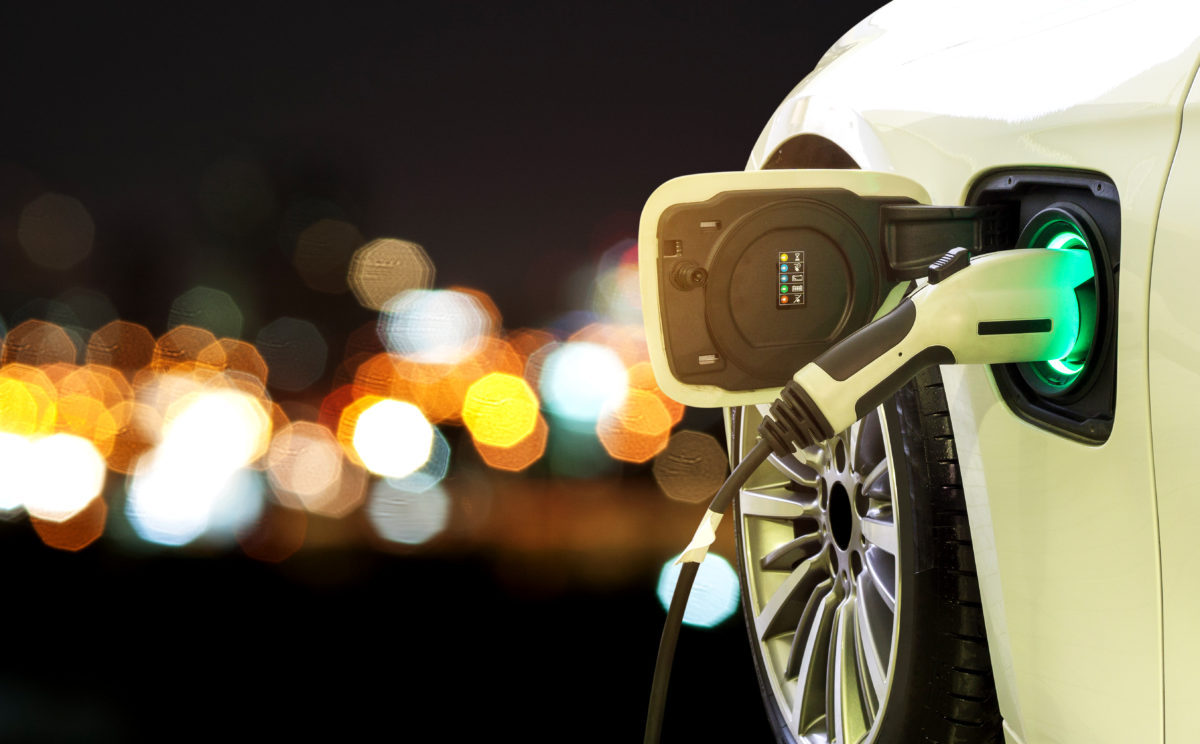You’ve officially jumped into the world of electrified mobility and have a battery-electric vehicle in your garage.
Now you’re wondering what are the best practices when it comes to owning and operating one?
- How can you maximize its efficiency and driving range?
- Is there a way you can prevent yourself from getting carried away with that intoxicating instant torque?
- Do you have to drive below the speed limit?
We answer all that and more.
9 best practices for driving and owning a BEV
Don’t charge to 100% unless you need the range
This is quite possibly the most important best practice tip of them all. It may seem logical to fully charge your car every night but it can negatively affect battery life since the electric motors can’t regenerate and put energy back into it when it’s full.
So, it’s best to charge up to 80 or 90% for daily driving depending on the automaker’s recommendation. This gives you nearly all of your vehicle’s range while still allowing it to regenerate energy.
Make gradual inputs on the accelerator
Like internal combustion vehicles, gradual accelerator inputs help you drive efficiently. However, it’s even more crucial in BEVs because it’s so easy to drive faster than necessary in them due to their instant torque. Making gentle inputs mean you’re accelerating progressively and not asking the car to give you everything all in one go. This allows it to use less energy to move.
Make full use of regenerative braking
One aspect that distinguishes electrified vehicles from pure internal combustion cars is regenerative braking. This allows the electric motor to recapture energy from the wheels, slowing the vehicle down and recharging it in the process.
In a BEV, making use of this improves your efficiency because you can preserve your state of charge or replenish the battery, especially when going downhill where certain models can get back around 5%.
Avoid braking hard
Braking hard for no reason isn’t good for any vehicle and that includes BEVs. In addition to adding wear on your brake pads, this prevents electrified vehicles from taking advantage of their regenerative braking capabilities.
How? The car will immediately default to full braking power, preventing the electric motors from recapturing energy.
Precondition the vehicle before you drive
One of the best features of BEVs is the ability to precondition a vehicle. This allows you to bring the cabin and the battery to the right temperature before you drive off. Doing this will enable you to drive more efficiently because the car won’t need to use any energy using the climate controls. You can also precondition your vehicle while it’s plugged in, preserving its state of charge in the process.
Use the available apps that work with the vehicle
Automakers have apps that let you access your car’s functions from your smartphone. Everything from vehicle preconditioning to checking your vehicle’s status, parking location, and state of charge can be seen in the app. You can also remotely start your vehicle ahead of time and even schedule when to start charging it, enabling you to ensure it finishes right at the time you’re leaving.
Know your car’s maximum DC charging rate
Finding out your vehicle’s maximum DC charging rate is important because it allows you to get the most out of it. This is also partially about courtesy at stations because you leave the higher capacity DC charger to the vehicles that can take advantage of it. That means if your car’s peak rate isn’t above 150 kW, don’t use that 200- or 350-kW stall next to it because your car won’t get the most out of it.
Overnight charging at home is best
Although DC charging is quicker, it’s not good to do so frequently because it can cause the battery to degrade prematurely due to the high amounts of energy it’s taking on. Using a level 2 AC charger at home isn’t as quick but it won’t subject the battery to too much stress when it’s plugged in.
Plan your road trips and use BEV-specific navigation apps
When going on a road trip with a BEV, it’s best to know where and where to charge. Start with a full charge at home then use apps like A Better Route Planner to plot your way to your destination. Certain vehicles like the Polestar 2 use a BEV-specific version of Google’s Android Automotive OS, which will route you through charging stations in case you need to top up. Some will even recommend you charge only up to a certain percentage to get to your next charging stop or your destination.
